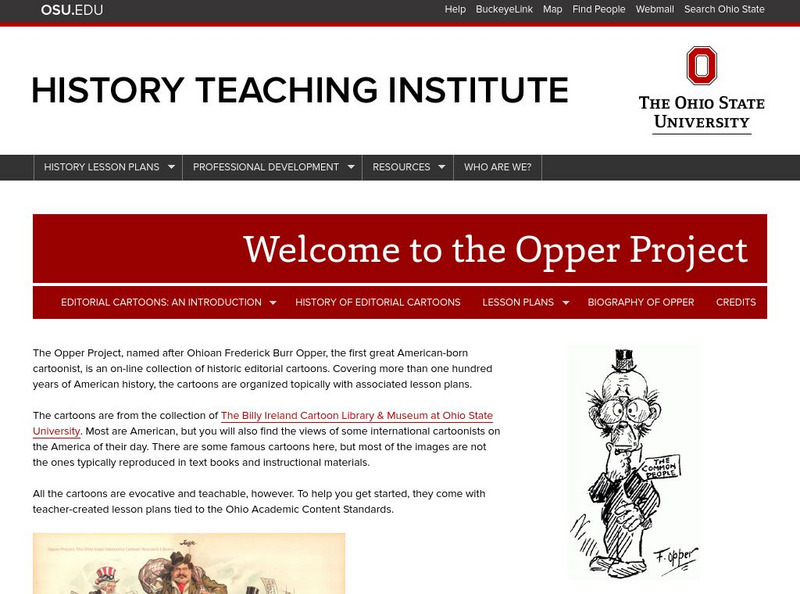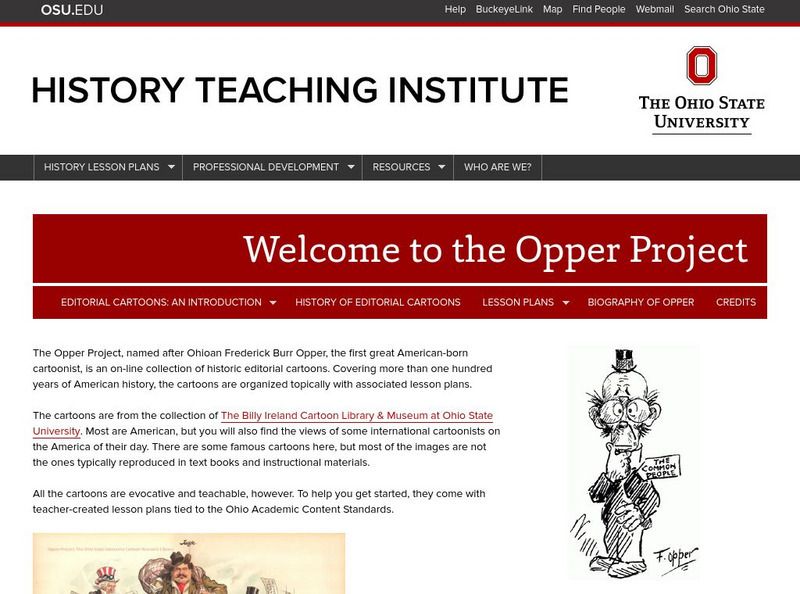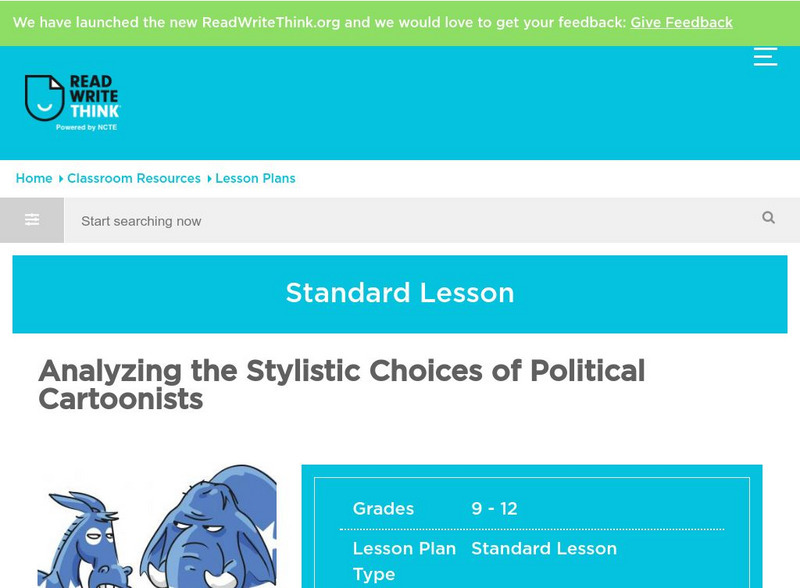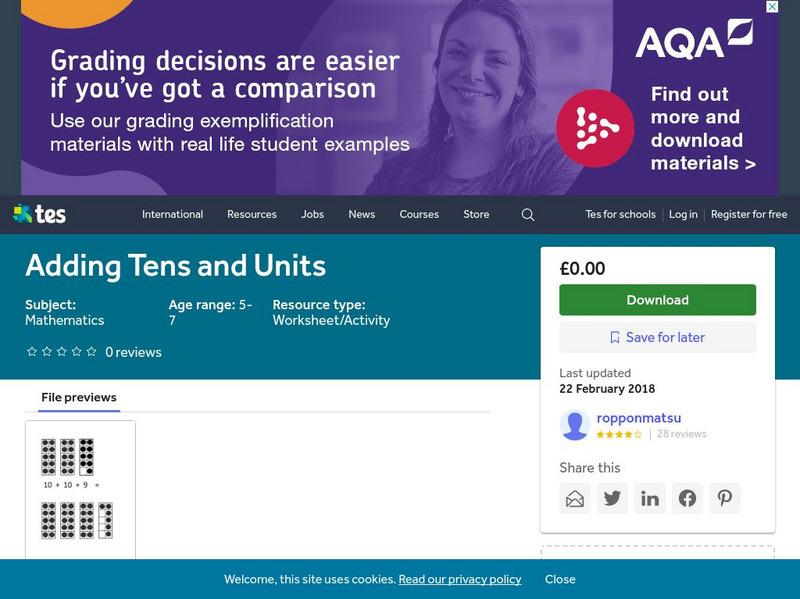Hi, what do you want to do?
Curated OER
Beginning With Writing
Students brainstorm what it means to "convey ideas in writing" They review the standard graphic clarify vocabulary and Discuss the importance of having a standard definition for writing and making sure everyone is in agreement of that...
Curated OER
Persuasion
Young scholars explore the characteristics of a persuasive letter. They label each characteristic and they create a persuasive letter using the correct business letter format. Students recommend a school rule or change of a rule and...
Curated OER
Remember the Bridge: Poems of a People
Fifth graders explore poems of African Americans. They research a famous African American, write a report, create a timeline of events in African American history, create a map of the New World, and research Molly Walsh. After...
Curated OER
Carpooling and the Environment
Learners investigate carpooling and determine to what extent it occurs in their community for a carpool challenge. In groups, students create a survey then collect, calculate and record data to determine how much pollution could be...
Curated OER
Upper Intermediate Review Quiz
In this language arts worksheet, students read 5 sentences which have missing verb phrases. Students choose the best answer to fill in the blank and make the sentence complete. This is intended for ESL students.
Curated OER
TOEFL Structure Practice Quiz #3
In this language arts worksheet, students prepare for the TOEFL test by answering 5 questions. Students read a sentence which has a missing phrase and choose the answer which best completes the sentence.
Annenberg Foundation
Annenberg Learner:workshop 4: Teaching Persuasive Writing
The fourth workshop [58:24] features the classrooms of two teachers: sixth-grade language arts teacher Jenny Beasley and fifth-grade teacher Jack Wilde. Both are teaching units on persuasive writing that allow students to write about...
Ohio State University
Opper Project: Using Editorial Cartoons to Teach History (Lesson Plans)
Two dozen lessons that focus on using political cartoons as primary source resources for teaching American history. Lessons cover a range of topics in U.S. history from the Civil War era forward and are linked to Ohio content standards.
Ohio State University
Opper Project: Using Editorial Cartoons to Teach History (Lesson Plans)
Two dozen lessons that focus on using political cartoons as primary source resources for teaching American history. Lessons cover a range of topics in U.S. history from the Civil War era forward and are linked to Ohio content standards.
AdLit
Ad lit.org: Teach to the Test? Just Say No
It is possible for educators to make better choices about how and when to teach to the test than the alarmist newspaper articles and editorials would seem to suggest. This article from the Center for Comprehensive School Reform and...
ReadWriteThink
Read Write Think: Writing Effective Letters to the Editor
Contains plans for four lessons that teach students how to write letters to the editor, including what one is, a review of persuasive writing and letter format, and the importance of writing many drafts. In addition to objectives and...
Other
Editorial Projects in Education: Teaching Students to Wrangle 'Big Data'
This article describes how students are learning how to analyze big data and and understand how it is used by organizations. The article also discusses data science as a potential career path. Includes a link to a page where you can...
ReadWriteThink
Read Write Think: Analyzing the Stylistic Choices of Political Cartoonists
Contains plans for four to five 50-minute lessons about analyzing political cartoons. In addition to student objectives and standards, these instructional plans contains links to PDF handouts and links to sites used in the lessons as...
Other
Persuasive/argumentative Essay vs. Opinion Writing
This lesson plan teaches students that writing a persuasive or argumentative essay for class is the same as writing an opinion article for their local newspaper. The lesson plan includes showing students examples of opinion writings and...
Curated OER
History Matters: Making Sense of Documents
Designed to help teachers and students make effective use of primary documents. There are well written section on how to make sense of numbers, ads, music, diaries, and more. included are interactive activities for students to help them...
TES Global
Tes: Tens and Units Visualizing
[Free Registration/Login Required] Explore base ten by bundling ten crayons at a time and then counting groups of ten without counting each individual crayon.


















